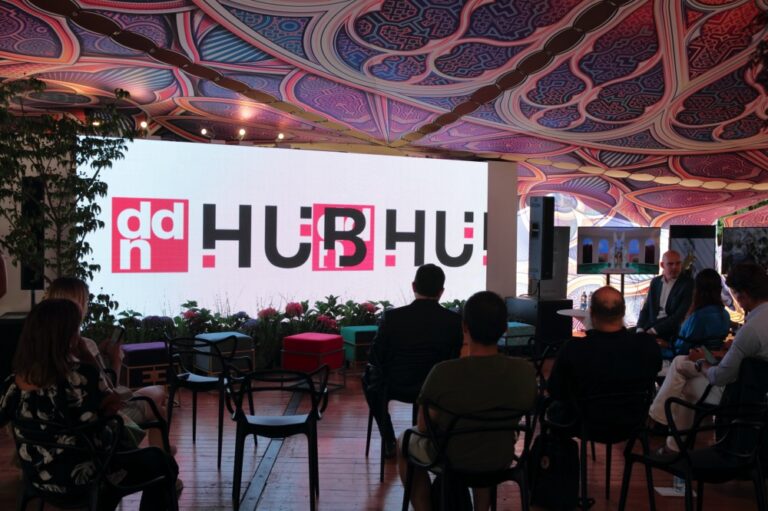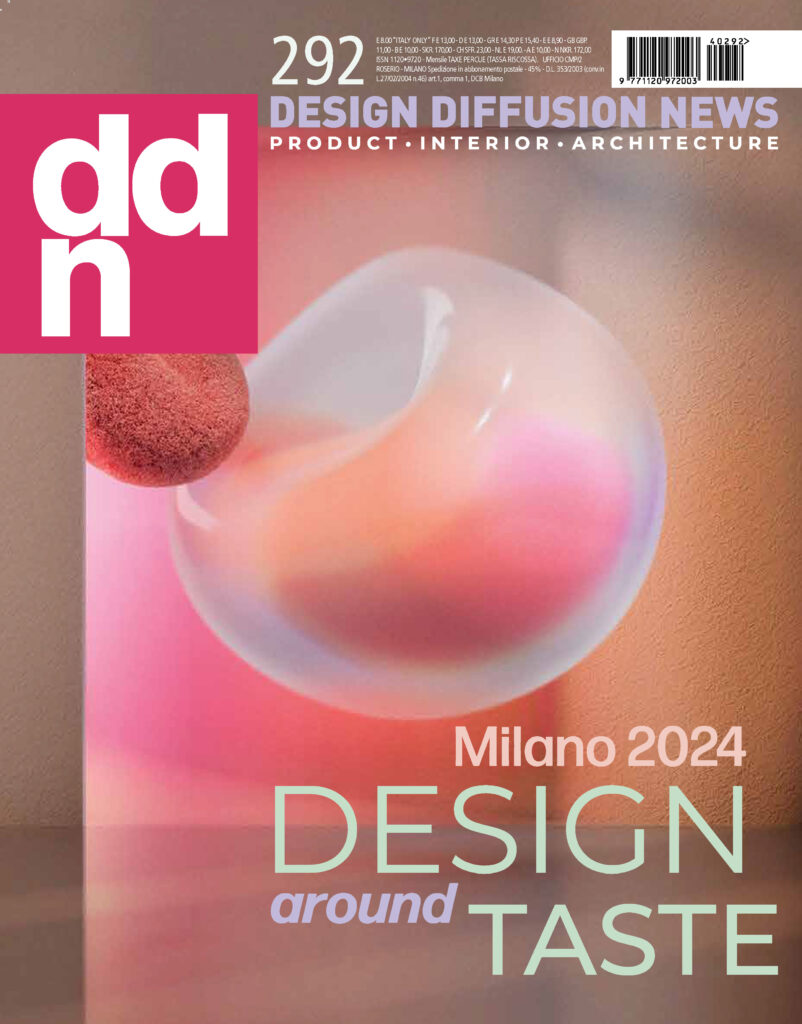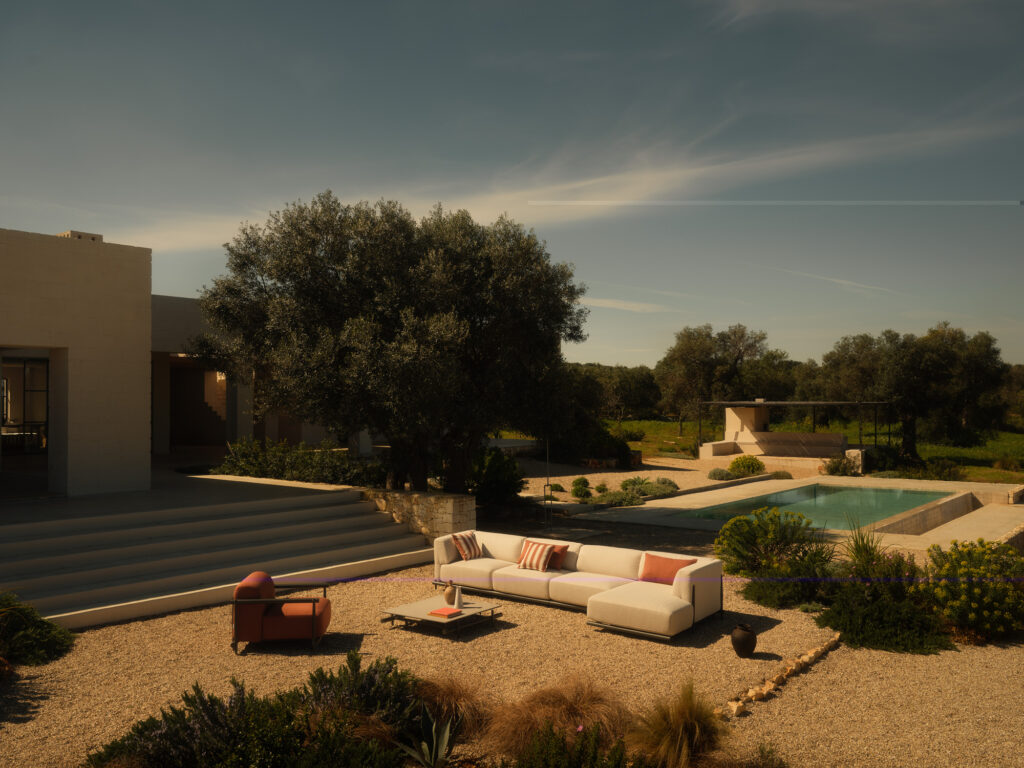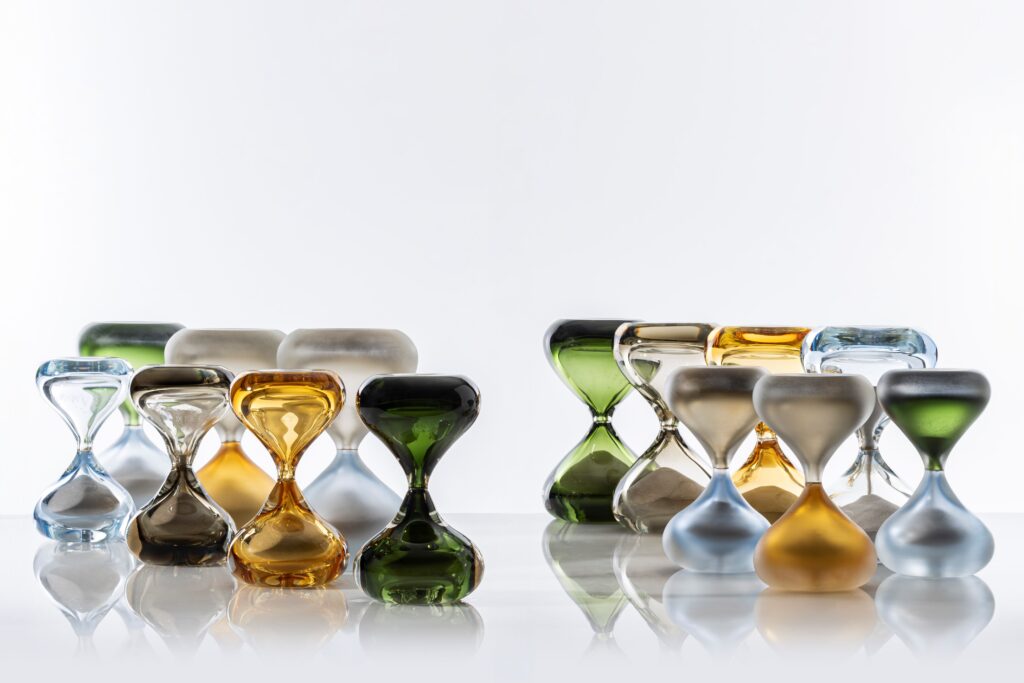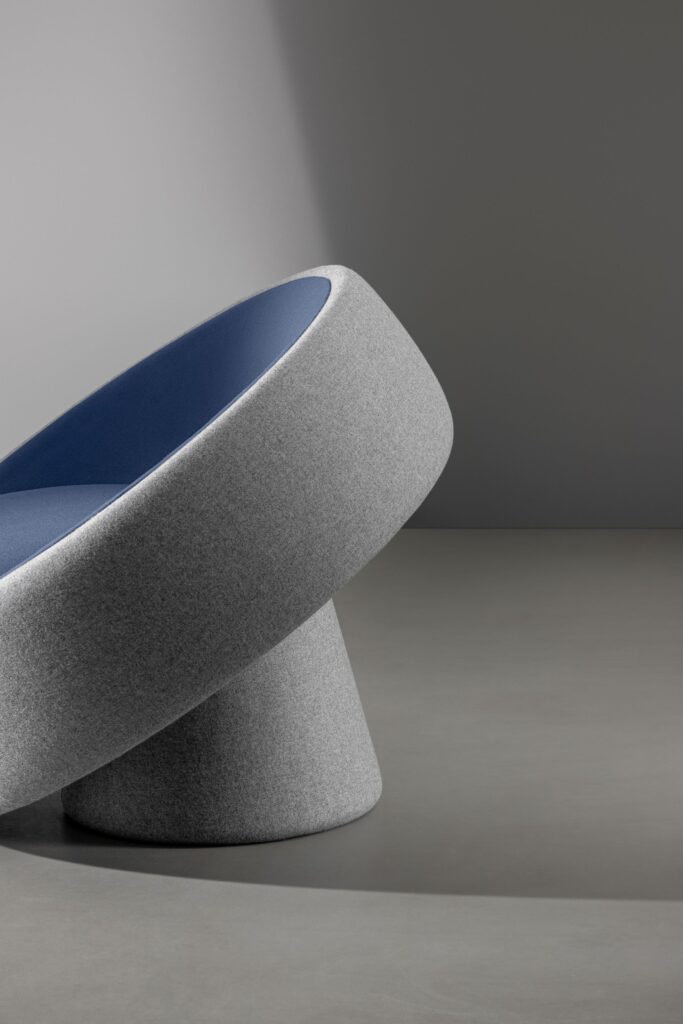Trade fair pavilions as authentic architectures, though temporary: an old trend that nowadays is well-established. Besides the Salone del Mobile.Milano (and the Fuorisalone), where temporary architecture reigns supreme, the occasions related to furniture exhibitions in which companies use complex installations, often designed by prominent architects, are increasing.
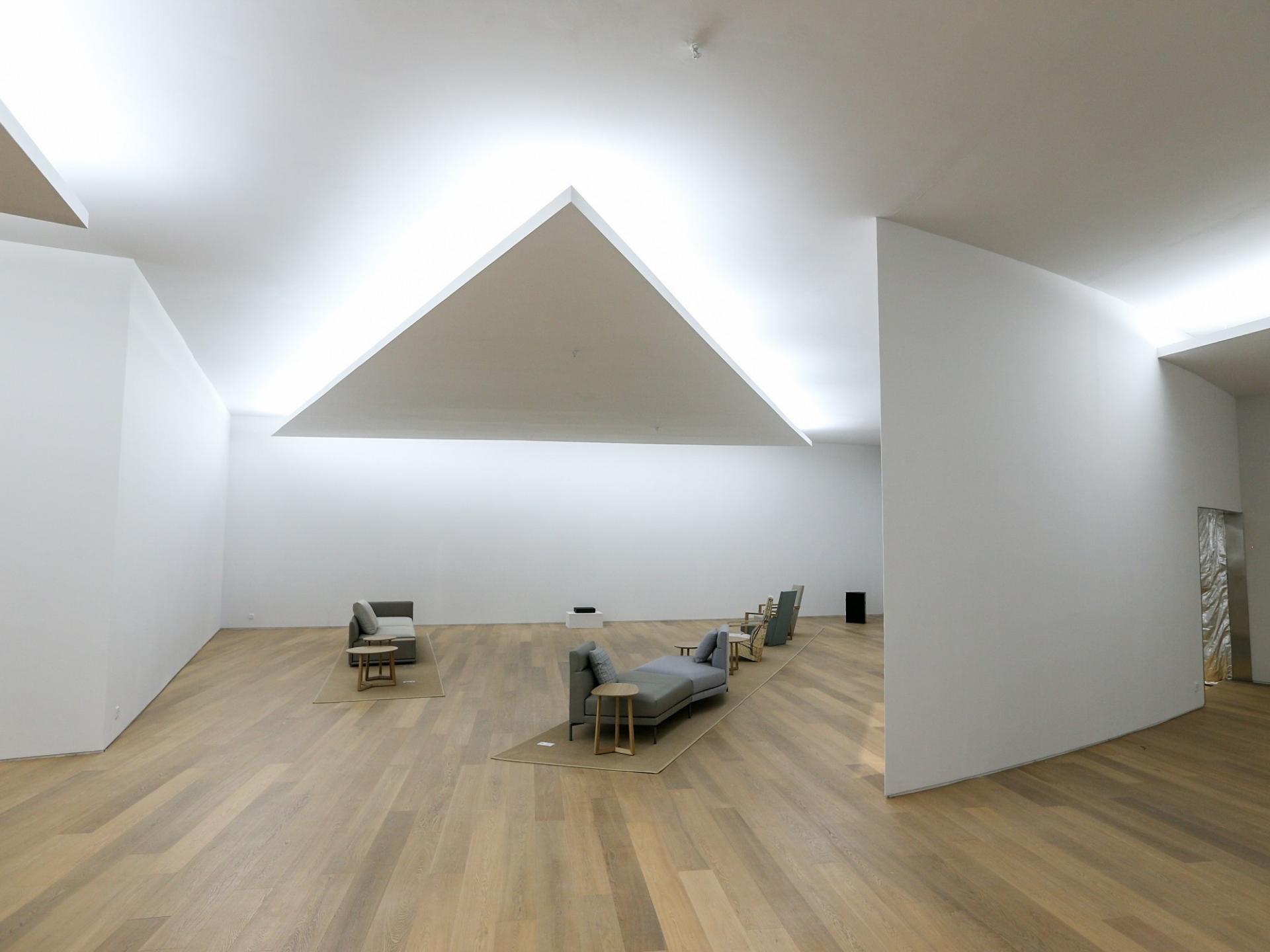
At CIFF – China International Furniture Fair 2019, in Shanghai, an example of this trend was offered by the Siza Pavilion for Camerich, “Elefante Português”, whose shape recalls that of an elephant with its trunk. The pavilion was designed by Álvaro Siza, awarded with the Pritzker Prize in 1992, whose work is described as “Poetic Modernism”.

Camerich is not new to booths that are more focused on the design of the pavilion than on the display of furniture; at CIFF Guangzhou 2019, another “Camerich Pavilion” housed several copies of the same chair in a conference hall during the fair.
Read also: The Salone del Mobile and the temporary architecture of the booths
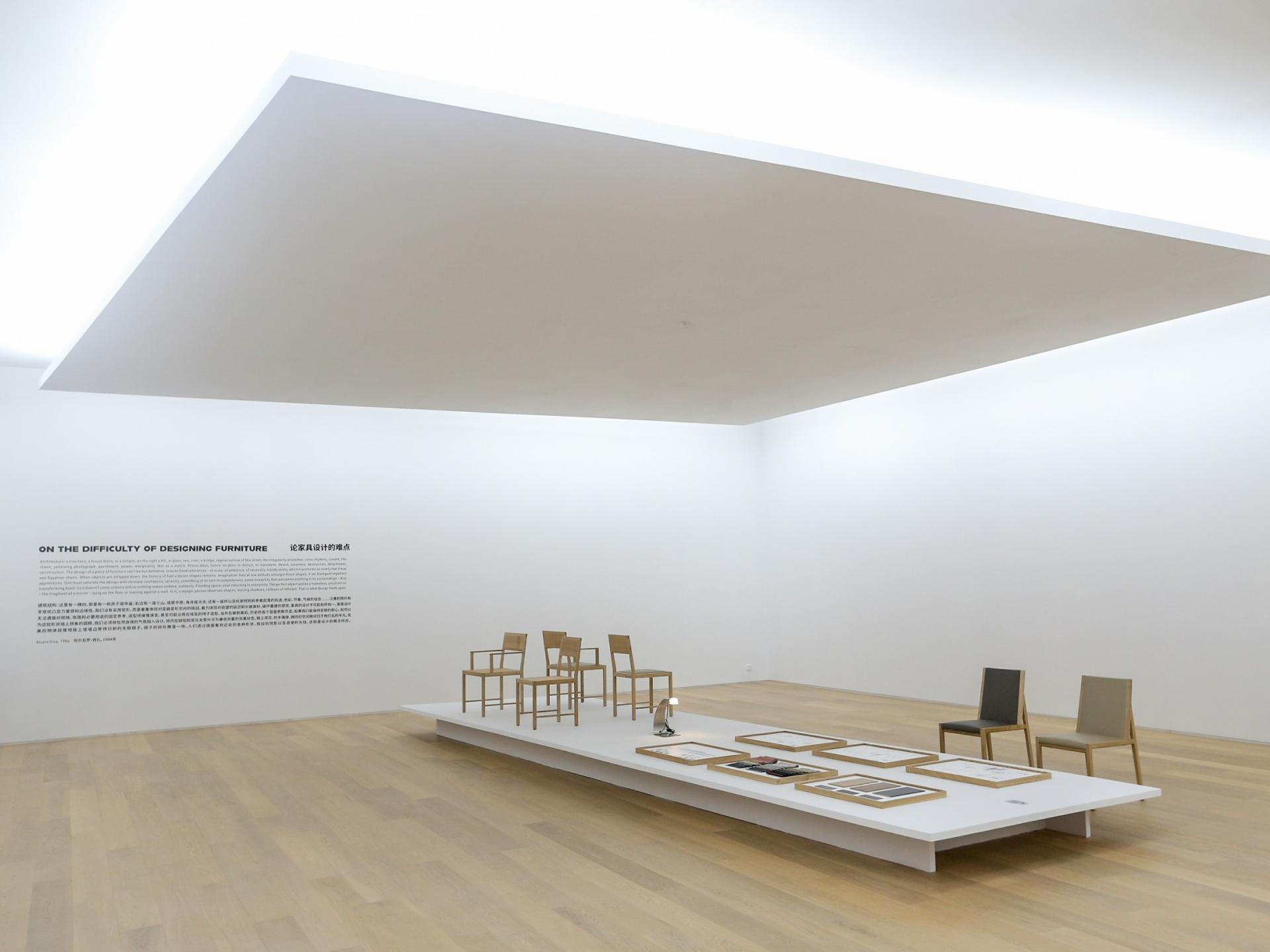
Siza Pavilion for Camerich
The Siza Pavilion, however, represents a significant improvement in terms of quality. Both for the prestige of the architect, one of the greatest exponents of contemporary architecture, and for the choice to create a temporary exhibition. The pavilion housed a series of historical products by Álvaro Siza, illustrating his research into furniture design, inspired by Brazilian modernism.

António Choupina, the architect who was in charge of the technical side, explains: “An aspect of this project that Siza particularly appreciated was the complete freedom allowed by the client. Of course, there were constraints imposed by the exhibition hall, but, except for those, the company set no limits.”
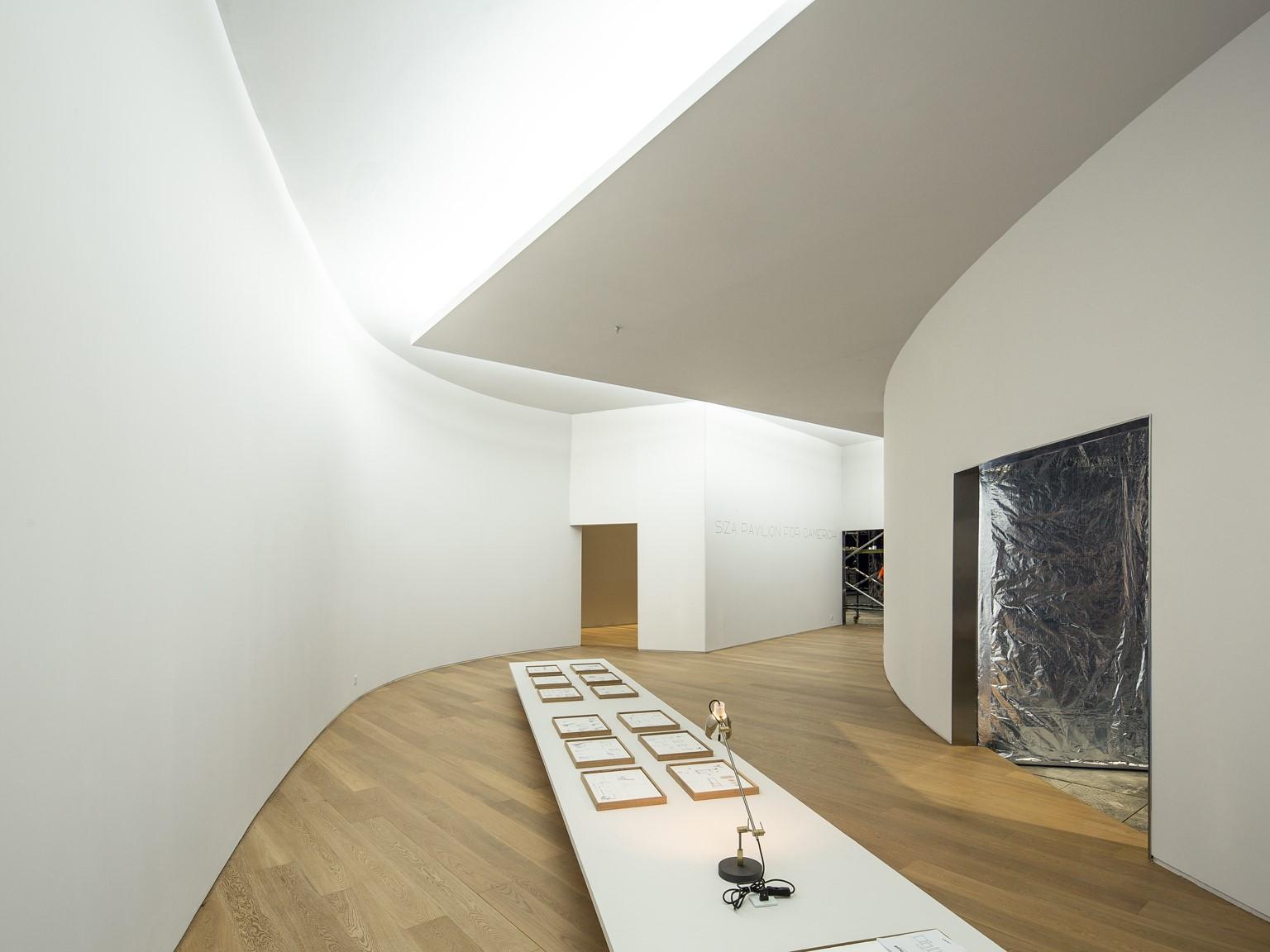
After all, this was not Siza’s first project for a temporary architecture. From the pavilion for Expo 1998 in Lisbon, to the Portuguese pavilion for Expo 2000 in Hanover (one of the first cork buildings), to the Venice Biennale, to the Serpentine Gallery Pavilion 2005, we can mention many occasions in which Álvaro Siza (in some cases in collaboration with Edouardo Souto de Mora) has dealt with temporary architecture.
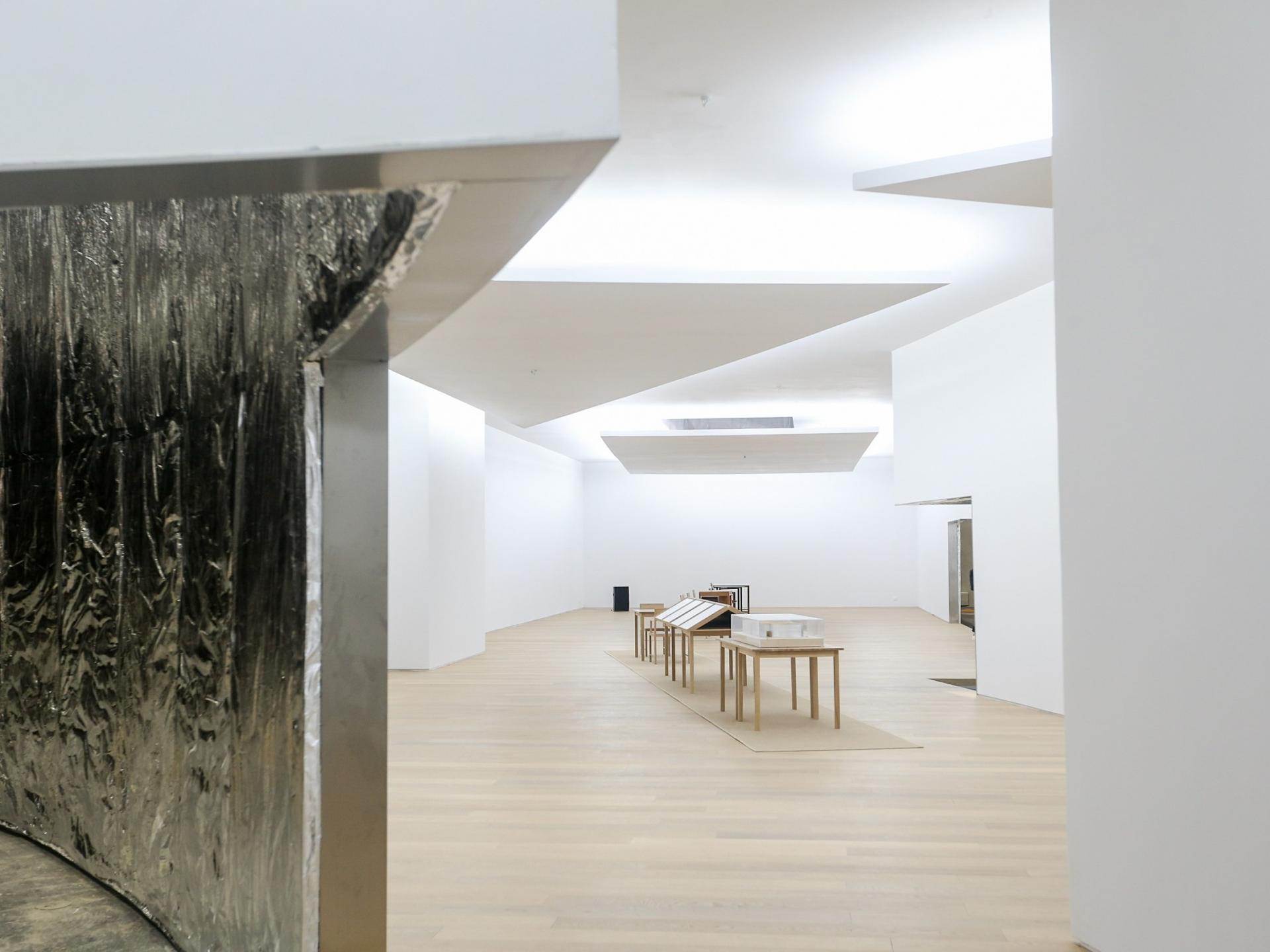
A hushed and intimate atmosphere
The Siza Pavilion for Camerich spread over 700 square meters, which is quite surprising for a Chinese furniture fair. Not so much for the size, as for the refined atmosphere obtained at a trade fair occupying more than 400 thousand sq m, visited by over 150 thousand people. A further surprise is represented by the company’s choice to exhibit only two new products, a table and a chair, designed by Álvaro Siza, and a series of historical products, by Siza as well.
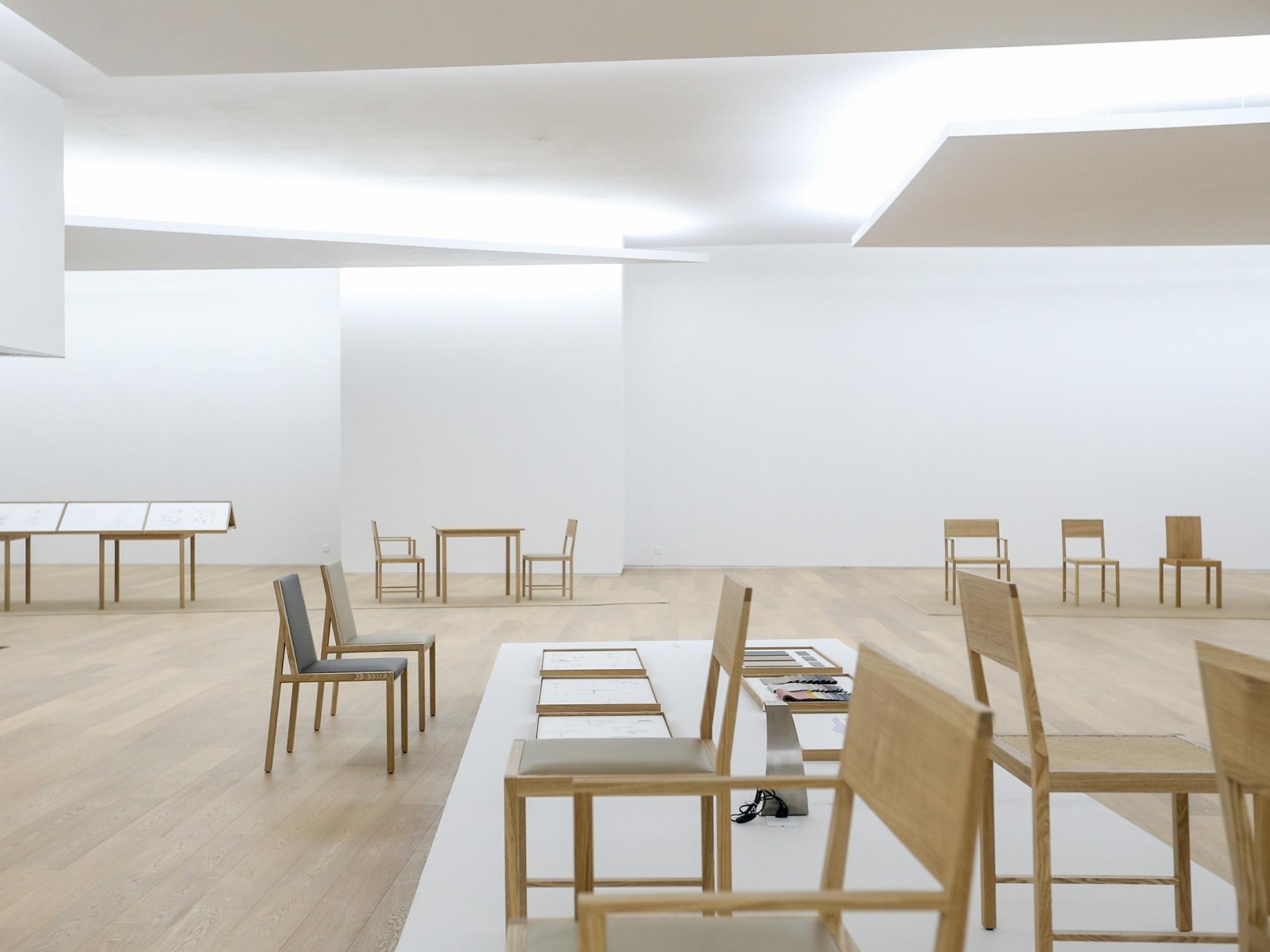
Obtaining silence and refinement was quite easy actually: outer walls are made of a material that provides heat and sound insulation, covered with mineral wool and aluminum, with a silver layer that is both visually impactful and fireproof. The natural oak floors and white plaster walls complete the spaces, which unfold one after another like in the courtyards of Chinese houses. The pavilion has seven entrances, creating different points of view.
Two new products by Álvaro Siza
n the same way, the company decided to display only two products, illustrating different development stages, from design to production. The two new furnishings designed by the Portuguese architect, the Castanha table and the Baiana chair, are characterized by an extremely simple design. An ash frame with a natural finish accommodates a seat in woven cane, and the same ash is used for the table.
We do not know the details, but it is likely that the Siza Pavilion will have a prestigious future. They are currently considering to place not far from the Great Wall, but there is still no certainty. Of course, we hope that such a work will not simply be destroyed. (Roberta Mutti)
Read also: The Salone del Mobile and the temporary architecture of the booths
Discover also: The Serpentine Pavilion: temporary architecture
Read also: Casa Dendê Duratex, a temporary architecture in São Paulo, Brasil







